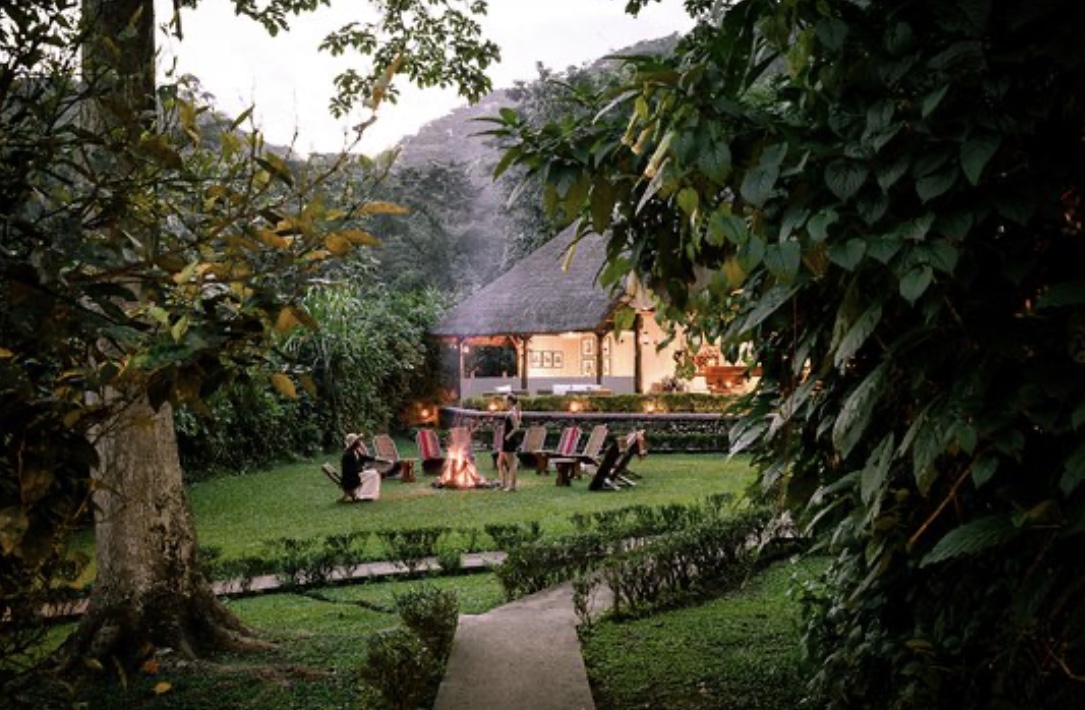
Whether you are planning a trip to a prepared campground or are venturing out into the wilderness with your backpack, it is always important to know how to choose a good campsite to settle in for the night.
What makes a good campsite? There are a number of things to keep in mind when selecting the best campsites. In order to be comfortable, you should select a spot by looking at what is below you, above you, and in front of you, as well as what surrounds you and makes up your campground views.
how to choose the best camp site in Uganda.
1. Good campsites are found, not made
This goes hand in hand with much of the above. Remember the reason we go camping is to enjoy nature in all its beauty and glory. Always be mindful of your local environment and try to leave it exactly as you find it. If you’re wild camping this is especially important. Try to pitch late, leave early and, of course, leave no trace.
2. Be aware of environmental hazards
Is your campsite safe from hazards such as rock falls, flash floods, high tide or avalanches? As mentioned, natural windbreaks can be really useful but also come with their own set of hazards. You need to be aware of the local environment and not camp somewhere you can get hurt or worse, especially in the wild where there may not be help for miles around.
3. Consider the sun
If you want the morning sun to warm you up, make sure your campsite faces south (in the northern hemisphere). If you’re planning to spend time in your tent during the day then make sure you’ll have some shade. A tent can easily turn into a sauna during the hottest part of the day.

4. Wash rooms
The worst thing about camping is getting up in the middle of the night and having to walk to the wash rooms block (if you’re lucky enough to have one). The wash room blocks are usually the busiest area so if you don’t want people walk past your tent all night, pitch a fair distance away. Just be prepared for a long cold walk in the night. If you’re wild camping, make sure your waste has minimum impact on the environment – always bury everything.
5. Avoid compacted ground
Don’t pick a spot just because others have camped there. When people camp on the same site over and over, the ground underneath gets compacted. This can be bad news if it rains heavily. You can find your campsite suddenly swamped when the compacted area fills up with water. Don’t pitch your tent in one of these overused indentations.
6. Choose flat ground
First and most obvious in getting a comfortable night’s sleep is to make sure you pitch your tent on flat ground. Unfortunately, nature isn’t always accommodating so if you must pitch on a slope, pitch your tent in a way so you can sleep with your head at the top of the slope. Ground that has a slight incline will help to avoid puddles in case it rains. And it often does.

